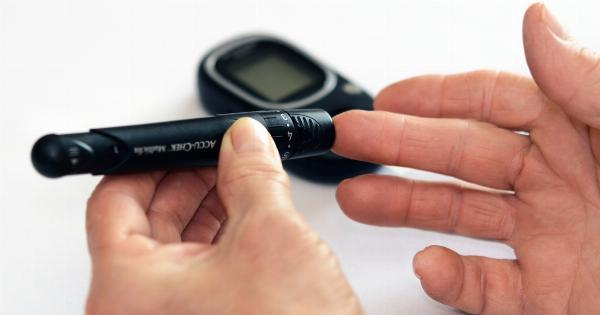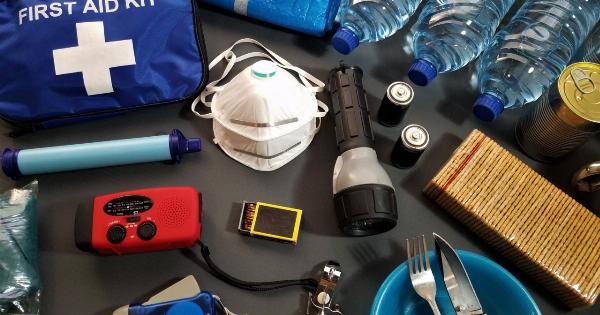Childhood obesity has become a major health concern in recent years, with alarming statistics indicating a rising trend in overweight and obese children.
This serious condition not only affects a child’s physical health but also has long-term consequences for their overall well-being and future prospects. The dangerous reality of childhood obesity must be acknowledged and addressed to ensure a healthier future for our children.
Rising Obesity Rates
The prevalence of childhood obesity has dramatically increased in the past few decades, reaching epidemic proportions worldwide.
According to the World Health Organization (WHO), the number of overweight or obese children under the age of five has surged from 32 million in 1990 to a staggering 41 million in 2016. This trend is deeply concerning as it sets the stage for a multitude of health problems later in life.
Causes and Contributing Factors
Several factors contribute to the development of childhood obesity, including:.
- Poor Diet: Consuming unhealthy foods high in sugar, fat, and calories is a leading cause of childhood obesity. Processed snacks, sugary drinks, and fast food have become staples in many children’s diets, resulting in excessive weight gain.
- Lack of Physical Activity: Sedentary lifestyles have become increasingly common due to the rise of technology and digital entertainment. Children are spending more time indoors, sitting in front of screens, and engaging in minimal physical activity, compounding the obesity problem.
- Genetics: Some children may be predisposed to obesity due to their genetic makeup. However, genetics alone cannot fully explain the drastic increase in childhood obesity rates, indicating that environmental factors play a significant role.
- Socioeconomic Factors: Children from low-income families often face limited access to healthier food options and opportunities for physical activity. The affordability and availability of unhealthy, calorie-dense foods contribute to the disparity in obesity rates among different socioeconomic groups.
- Parental Influence: Parental behaviors and lifestyle choices greatly impact a child’s health habits. If parents have poor dietary habits and sedentary lifestyles, their children are more likely to follow suit.
Health Risks and Complications
The consequences of childhood obesity extend far beyond physical appearance. Obese children are at a higher risk of developing numerous health problems, both in childhood and adulthood:.
- Type 2 Diabetes: Obesity is strongly linked to the development of type 2 diabetes, a chronic condition characterized by high blood sugar levels. The number of children diagnosed with type 2 diabetes has risen significantly in recent years, largely due to the obesity epidemic.
- Cardiovascular Disease: Obese children are more likely to have high blood pressure, high cholesterol levels, and other risk factors for cardiovascular disease. These factors increase their chances of experiencing heart attacks, strokes, and other cardiovascular complications later in life.
- Breathing Problems: Excess weight can lead to breathing difficulties, such as asthma and sleep apnea, in children. These conditions can interfere with their quality of sleep and overall respiratory health.
- Joint and Musculoskeletal Issues: Carrying excess weight puts additional strain on a child’s joints and bones, leading to musculoskeletal problems, including joint pain, arthritis, and reduced mobility.
- Psychological and Emotional Impact: Childhood obesity often takes a toll on a child’s psychological well-being. Obese children are at a higher risk of developing low self-esteem, depression, and social isolation due to bullying or negative body image.
The Role of Education and Prevention
Preventing childhood obesity requires a multi-faceted approach involving various stakeholders, including parents, schools, healthcare providers, and policymakers.
Education plays a critical role in raising awareness about the dangers of childhood obesity and empowering individuals to make healthier choices.
Schools can implement comprehensive health and wellness programs that emphasize the importance of regular physical activity and nutritious eating.
Providing healthy meals and snacks at schools can also contribute to improved dietary habits among students.
Parents play a crucial role in shaping their child’s lifestyle choices. By role-modeling healthy behaviors, promoting physical activity, and offering nutritious meals, parents can significantly reduce the risk of obesity in their children.
Healthcare providers should regularly monitor children’s growth and weight, providing guidance and support to families. Early intervention and lifestyle counseling can help prevent excessive weight gain and promote healthier habits.
Policymakers have an important role in creating an environment that supports healthier choices.
Implementing regulations on food marketing to children, improving access to affordable nutritious foods, and increasing opportunities for physical activity in communities can all contribute to the prevention of childhood obesity.
The Long-Term Impact
The dangerous reality of childhood obesity extends beyond immediate health risks. Obese children are more likely to become obese adults, carrying the burden of chronic diseases and reduced life expectancy.
The economic impact of obesity is also substantial, with increased healthcare costs and productivity losses associated with obesity-related complications.
By addressing childhood obesity proactively, we can mitigate its long-term impact and pave the way for a healthier future generation.
It requires a collective effort to educate, prevent, and intervene in order to reverse the dangerous trajectory of childhood obesity.






























